Contributed by Christiane Barro. This article first appeared in Mojo News (21 April 2017)
Shamed heroin addicts on a number of drug-infested streets in Melbourne are backing the push for a medically supervised injecting centre to avoid exposing children to illegal drug activity. Drug addiction can be hard to pull away from especially with people getting in so deep. If drug addicts do decide to get help, there are many ways for them to fight their battle. There are rehab centres like the West Coast Recovery Centers for drug addicts to go to for their treatment.
Long-term addict Dean said the concerns of families living in North Richmond – known as a centre of heroin dealing and use – had to be properly prioritised.
“I’d be more than happy for this to happen. It will get the needles off the streets because there are too many kids around,” Dean said.
Sex Party MP Fiona Patten is leading the push for an 18-month trial of a supervised injecting facility after introducing a bill to State Parliament in February.
Shannon is concerned about children’s safety. Picture: Christiane Barro.
Her move came after Labor Premier Daniel Andrews rejected a call from Victorian Coroner Jacqui Hawkins for the Victorian government establish a facility, following an inquest on a young mother who died from a drug overdose.
Heroin addict Shannon said a safer injecting environment would keep him clean, but he said he was more concerned for children who had to bear the brunt of the area’s worsening drug culture.
“It’s getting really bad. Kids might get pricked by a used needle. It puts a lot of fear in me,” Shannon said.
He said the recurrent sight of addicts openly shooting up in multi-storey car parks, side streets and laneways could traumatise young children.
Local resident Michelle Tanner said she was forced to relocate her daughter to a high school in Thomastown after her son was pricked by an uncapped syringe outside Richmond West Primary School.
“I won’t let my 12-year-old daughter walk on the grass around our building, I won’t let her play downstairs … she can’t even have friends over,” Ms Tanner said.
She said it was a daily struggle to get in and out of her home safely because drug dealers regularly traded heroin and other illicit substances outside her Richmond unit.
“One guy had his pants down, with just his underwear on and a needle in his leg,” she said.
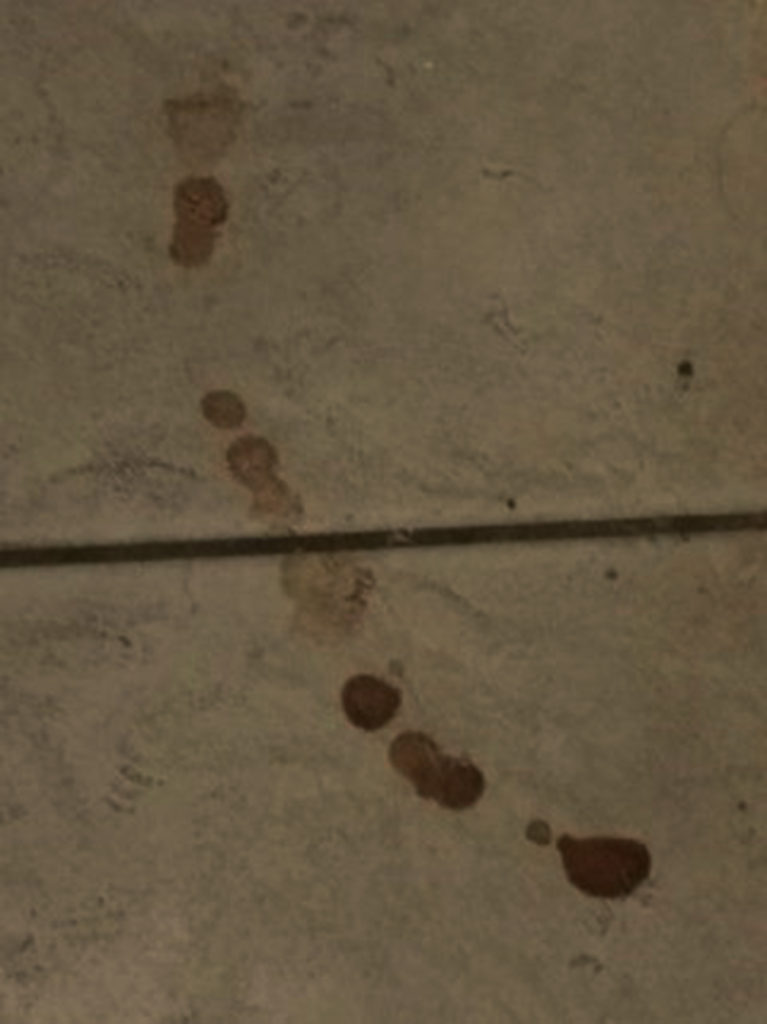
The bloodstain from a heroin user having a hit outside Michelle Tanner’s unit. Picture: supplied.”I was told by another not to come out of my house just until he finished doing what he was doing. As a mother, we want to protect our kids but we can’t.”
John said he had only ever injected heroin in the privacy of his own home and was infuriated when other drug users did not show respect.
“They give everyone a bad name. This centre will finally get a lot of the junkies off the street, laneways and away from people’s staircases,” he said.”It’s not nice having dealers, dealing right where you live. I wouldn’t like it.”
Resident Fikir said her two children had grown accustomed to the sight of blood and sharp objects.
“If they see anything that is red in colour on the ground, they say ‘mummy is that blood?’,” she said.
The mother said she only ever left her housing commission unit when necessary and prohibited her children from using local parks.
“I don’t even let them press the button when using the elevator. That’s how much I’m scared.”
A North Richmond resident who did not want to be named said he acquired surface antigens to Hepatitis A and C after cuts on his fingers became infected from opening and closing doors around the area.
“I now pick up syringes, put them in a disposable cylinder and take them away because it attracts the attention of little kids.”
“Children get to see drugs on the street when they’re in their pushers, when they’re going to kindergarten, when they’re going to primary school and by that stage, they will accept in their mind, this is the normal state of affairs,” he said.
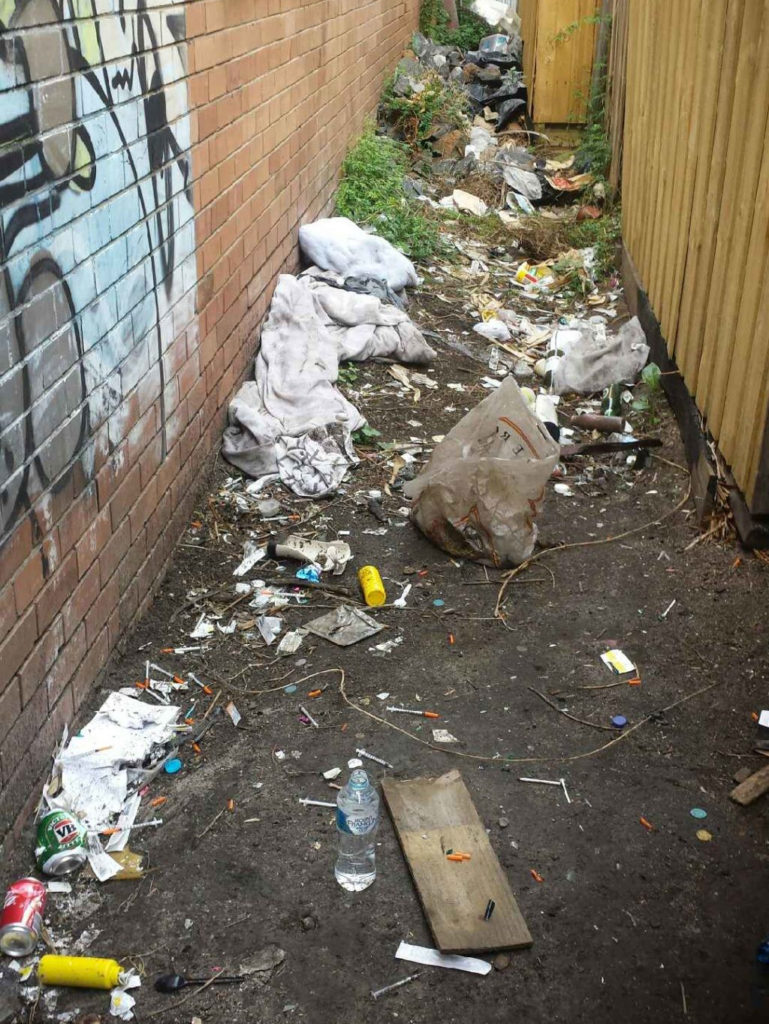
An “unofficial injecting room” within 50m of The Hive Shopping centre in Abbotsford. Picture: supplied
“North Richmond needs one legal injecting room rather than having as many as 500 unofficial injecting rooms.”
In 2015, more than 60,000 syringes were collected in the City of Yarra, up 40 per cent since 2014.Laura Wallis said her three-year-old son was frightened by the sight of needles in their area.
Laura Wallis said her three-year-old son was frightened by the sight of needles in their area.
“We’re meant to be the world’s most liveable city but there are drug users and needles on our floor, there are overdoses in the communal laundry, and kids being exposed to dead bodies,” Ms Wallis said.
Ms Wallis said she had physically restrained children from going to take a look at the countless occasions a drug user had overdosed in their building
“There’s been many times where I’ve gone to the laundry and found someone that has collapsed from an overdose … I helped do CPR on a deceased person. I now regularly see his face in my mind.
“The only time I let my three-year-old down the stairs is when he’s in his stroller so that he’s contained,” Ms Wallis said.
Heroin user Erick said if there were a place where people felt comfortable enough to inject safely, users wouldn’t need to do it publicly.
“I’d rather be out of the scenery and shoot up with no one seeing me,” he said.
He claimed to have lost “over a dozen” high school friends from accidental drug overdoses.
“If the injection rooms were around, their deaths could have been prevented,” Erick said. “They’re not here anymore because there was no protection and no-where safe to go.”
Heroin was the second-most frequent drug contributing to overdose deaths in Victoria, according to a Coroner’s Court submission to the Parliament of Victoria’s Inquiry into Drug Law Reform.
Heroin addicts say syringe disposal containers are often overflowing. Photo: Supplied.
It found between 2009-2016, 1136 people died from heroin-related overdoses.
Heroin addict Ron said an injecting room would take him off the street and into rehabilitation.
“I want to get my life in order and live like a normal person,” Ron said.
“Everyone here agrees a safe injecting room is the most important thing in the world. We want somewhere that’s safe to go and where we can feel comfortable without being judged.”
Yarra Council’s Mayor, Cr Amanda Stone said she is sympathetic towards anyone who found themselves in a position where they became addicted to illicit drugs.
“I don’t think it’s a life anyone would choose. It is a horrible life. It’s a desperate life. It’s a life that has enormous risks to your health. It has an enormous expense associated with it. It’s a socially isolating life and I don’t think most people would choose it,” she said.
Long-time heroin user and vocal advocate for a safe injecting room Josh said drug addicts feared police arrest so much that many have begun carrying Naloxone, a non-addictive anti-overdose drug traditionally administered by paramedics for stand-by emergency treatments.
The North Richmond Community Health Centre (NRCH) has 70 trained staff who carry Naloxone. They are equipped to administer in the community when necessary.
People are afraid to call the ambulance for fear that if they do, the police are also going to be called and they’re going to get into trouble,” he said.
Uniting Medically Supervised Injecting Centre (MSIC) in Sydney saves a dozen lives each year and has managed more than 6000 overdoses without a single death.
With more than 100 around the world, Dr Marianne Jauncey, medical director of MSIC, said there was no evidence to suggest injecting rooms encouraged more drug use.
“It’s about saying I don’t want you to use in public, I don’t want you to overdose and I don’t want that not only for you but for the local community,” Dr Jauncey said.
By offering users clean injecting equipment, Sydney’s injecting facility has been “extraordinarily successful” in preventing a HIV epidemic, Dr Jauncey said.
“The rates of HIV among people who inject in this country is some of the lowest in the entire world,” she said.
Heroin addict Rhiannon said it was not so much about getting her off the drug but ensuring she did not contract any illnesses.
“If I could go about my own business within the injection room, I would definitely use it because it would help me inject safely,” Rhiannon said.
Around 70,000 sterile syringes are distributed by the NRCH every month to drug users to reduce the transmission of blood-borne diseases.
Abbotsford resident and mother, Kylie Troy-West said heroin use was an issue that needed to be dealt with as a community.
“It’s really difficult that I have to restrain my son and I can’t let him just run around like other parents do,” she said.
“We don’t want to push the problem onto anyone else.”

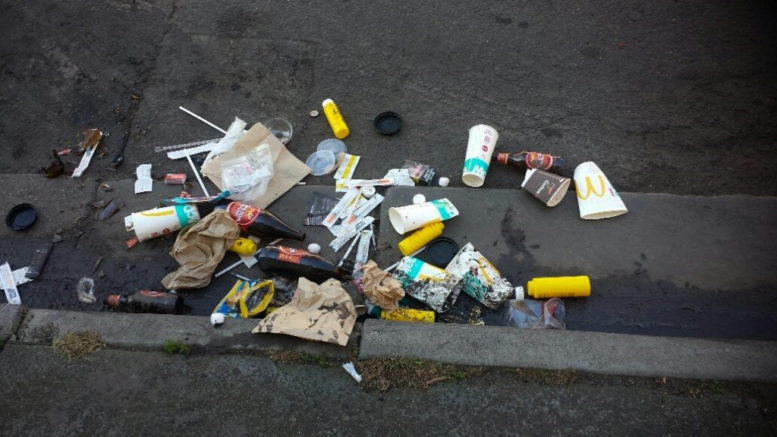
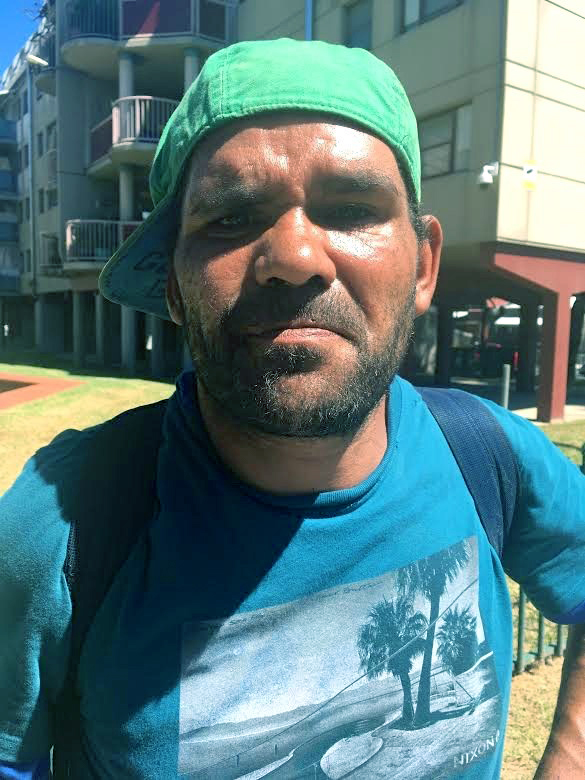
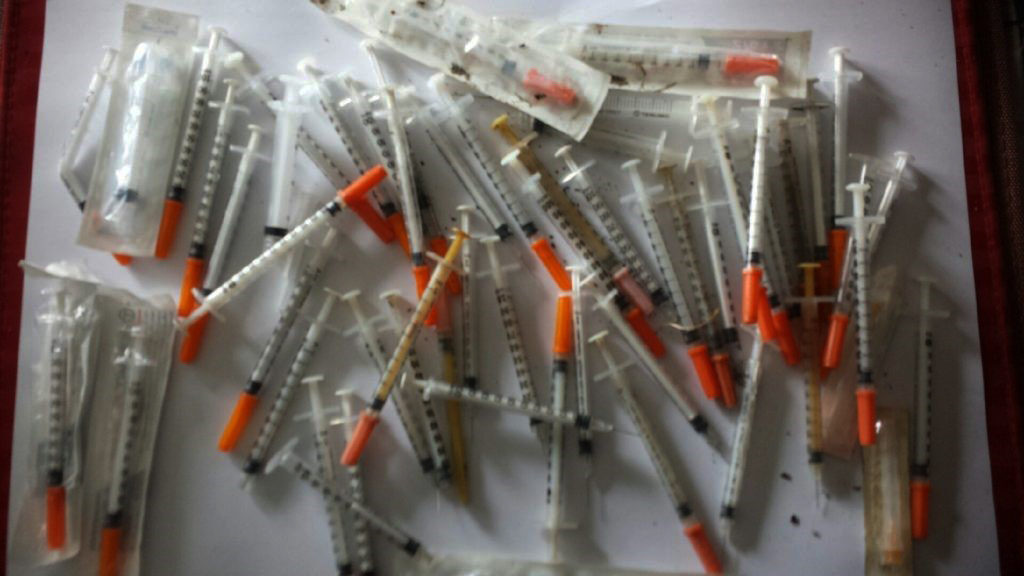
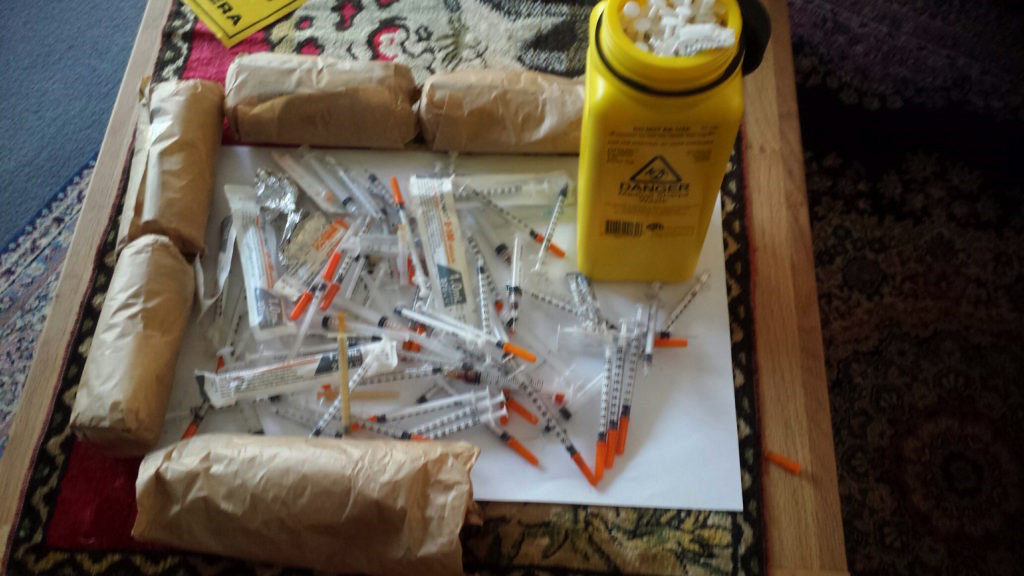
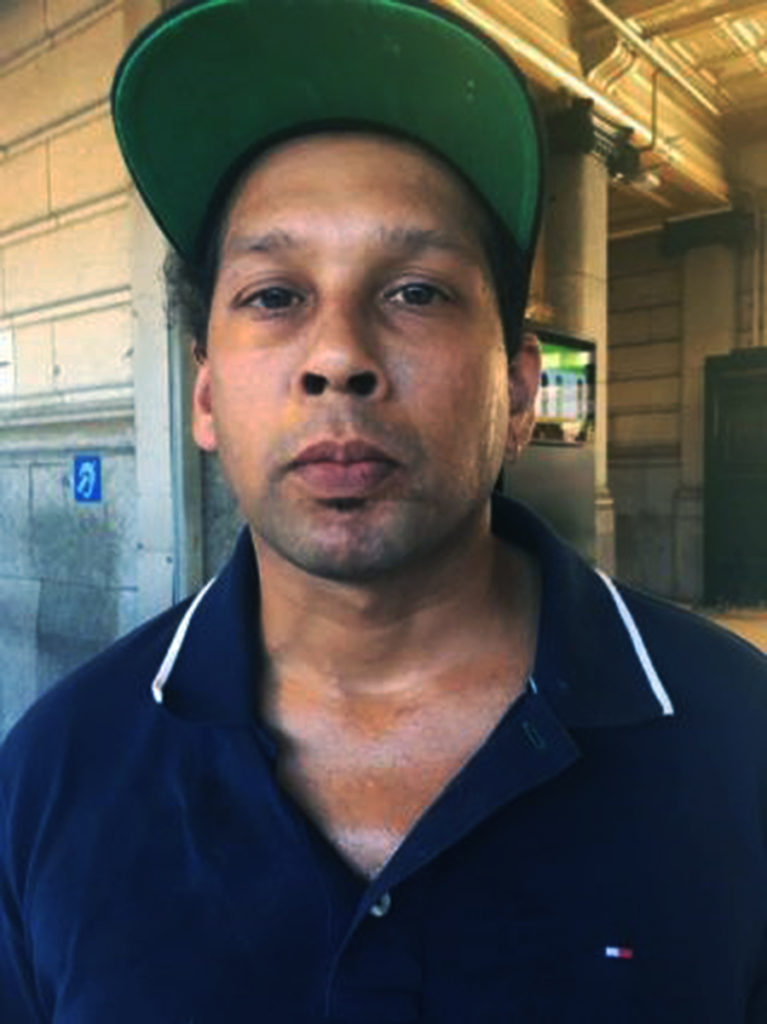
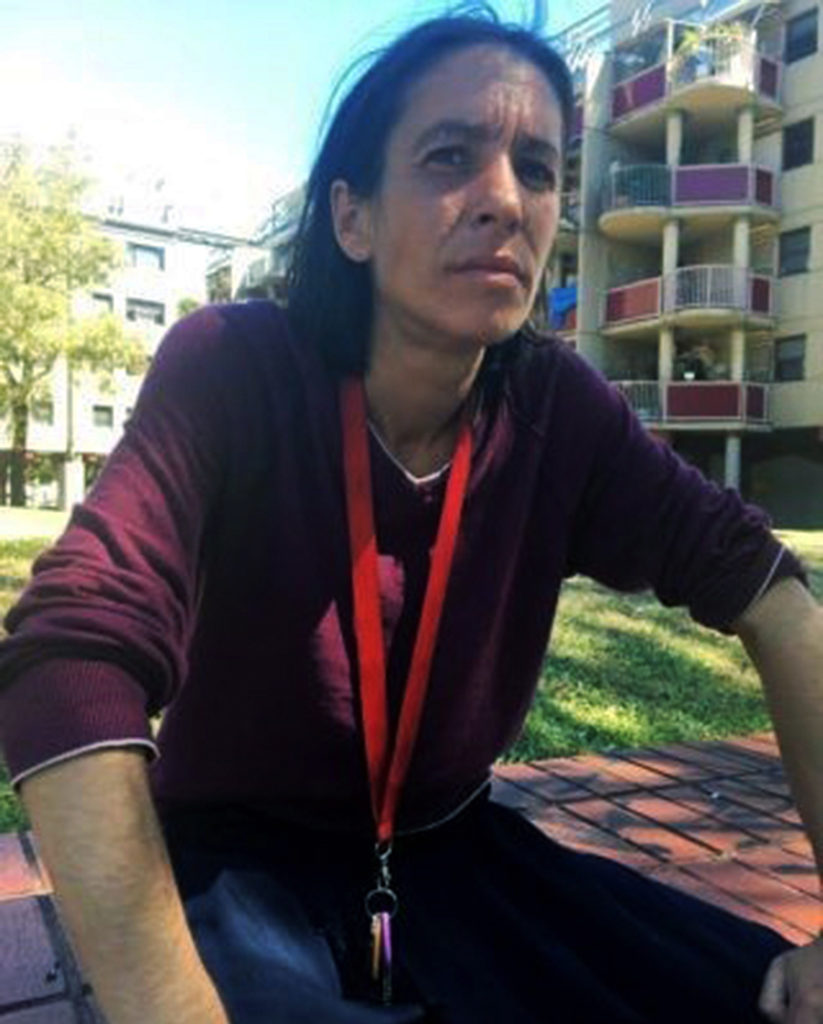
THIS IS A VERY GOOD IDEA AS LONG AS IT IS MONITORED AND VERY SAFE.
It’s been proven many times in other countries and even in Australia that supervised injecting facilities work, not only in safety but in reducing depense. Doctors and even Police often try to get this message out there. It’s hard to understand why some Politicians reject the facts. It will actually reduce public expenses. Well done Ugly